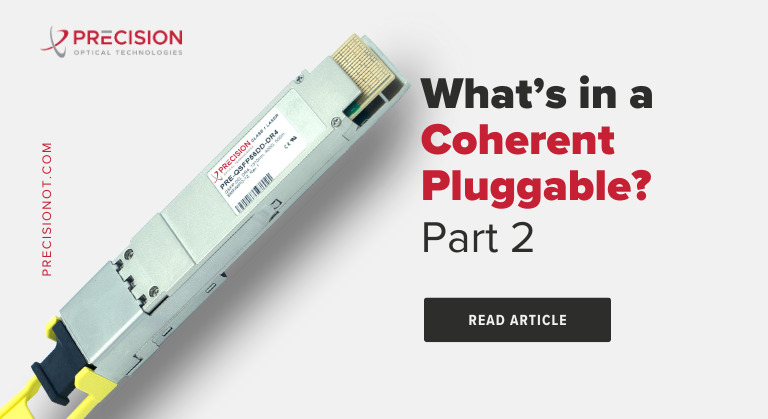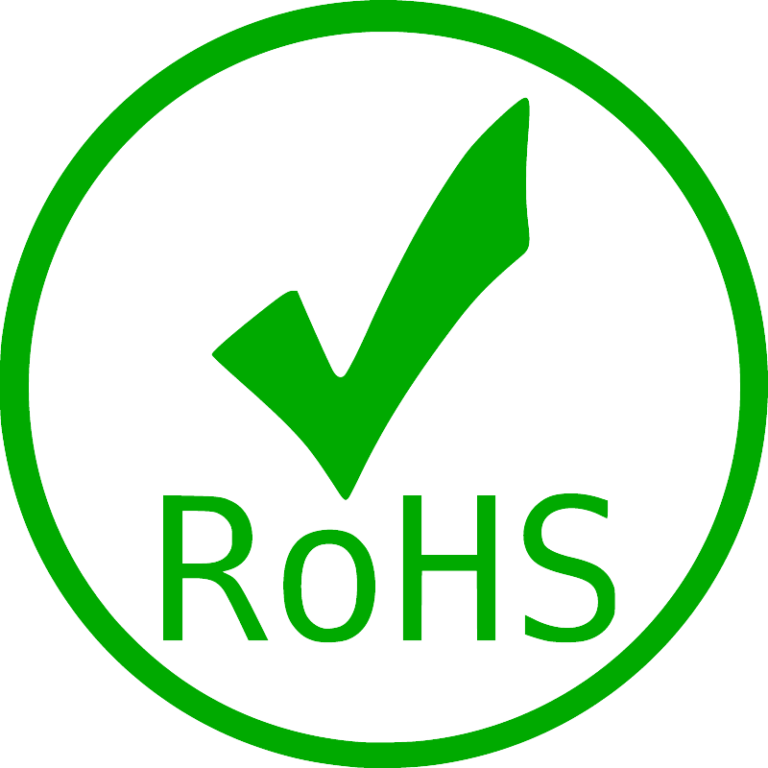
What You Need to Know About RoHS Compliancy

Restriction of Hazardous Substances (RoHS) impacts the entire electronics industry because it restricts the use of hazardous materials found in electrical and electronic products, such as lead (Pb), mercury (Hg), cadmium (Cd), hexavalent chromium (CrVI), polybrominated biphenyls (PBB), polybrominated diphenyl ethers (PBDE) and four different phthalates (DEHP, BBP, BBP, DIBP).
The restricted materials are dangerous to the environment. Not only do they pollute landfills, but exposure to them is also very dangerous to workers during manufacturing and disposal. RoHS aims to reduce the amount of hazardous materials contained in electronic components and systems.
The original document was adopted in February 2003 by the European Union, recast in 2011 and amended last month. Together with the Waste Electrical and Electronic Equipment (WEEE) Directive — which sets collection, recycling and recovery goals for many different types of electrical products — it is part of a European legislative initiative to solve the problem of huge amounts of toxic e-waste entering the environment. A main goal of RoHS is to make recycling e-waste easier and safer.
Despite being an EU directive, RoHS does affect companies based outside of Europe because RoHS principles and influence are global. Any electronic device entering the EU must be in compliance, and even companies assembling products must adhere to the restrictions. For example, a product comprising cables made in China, parts molded in the U.S. and PCBs from Japan needs to follow the requirements if it’s going to the EU. Therefore, compliance with RoHS requires companies to have solid knowledge of their supply chains as well as excellent record keeping.
Other regions have followed the EU’s lead. Many states with concentrations of technology businesses are looking closely at contaminants and pollution to ensure that they are taking the necessary steps to be responsible stewards of the planet. Take California’s Electronics Waste Recycling Act of 2003, which mirrors the RoHS directive. The legislation, which has been in effect since January 1, 2007, created a funding system for the collection and recycling of certain types of e-waste.
What’s the Risk?
There is quite a bit of downside for those marketing non-compliant products to the EU, aside from fines, impounded goods and losing the ability to sell to EU member states. In addition to the obvious loss of market share, other adverse results include negative press and media coverage. Overall, any country that can prove a product does not comply can levy fines against the vendor.
Exemptions
Some technology does not allow for the required substitutions or the alternatives may have a worse effect on human health or the environment. Some exemptions include mercury in several kinds of fluorescent lamps, lead in steel and aluminum alloys and lead in some types of solder and military applications. The latest amendment exempted pipe organs containing lead:
“Pipes in organs are built using a specific type of lead-based alloy, for which no alternative has been found so far. Most pipe organs are kept in the same place for centuries and their turnover rate is negligible. Pipe organs should therefore be excluded from the scope of Directive 2011/65/EU as their inclusion would bring negligible benefit in terms of the substitution of lead.”
Exemptions for everyday electronic equipment components are typically less esoteric than pipe organs, but they are not awarded lightly. Some complain the rules are overly harsh to the electronics sector. Critics note that the lead restriction unfairly singles out electronics manufacturers, for instance, who are responsible for roughly 2 percent of lead consumption globally, while 90 percent of lead is used for batteries. However, although the battery directive requires recycling and limits the use of mercury and cadmium, it does not limit the use of lead.
The regulations have had an impact on many manufacturers. For example, virtually every product that was initially designed for production using leaded solder required a significant redesign to become RoHS compliant. And quantum dots that emit blue light are difficult to create without using cadmium, which is one of the restricted materials.






